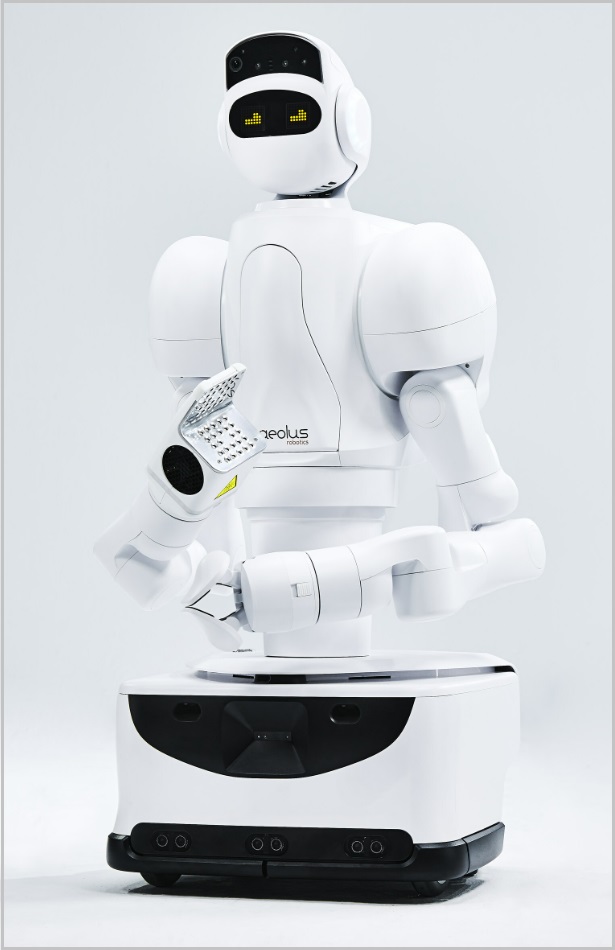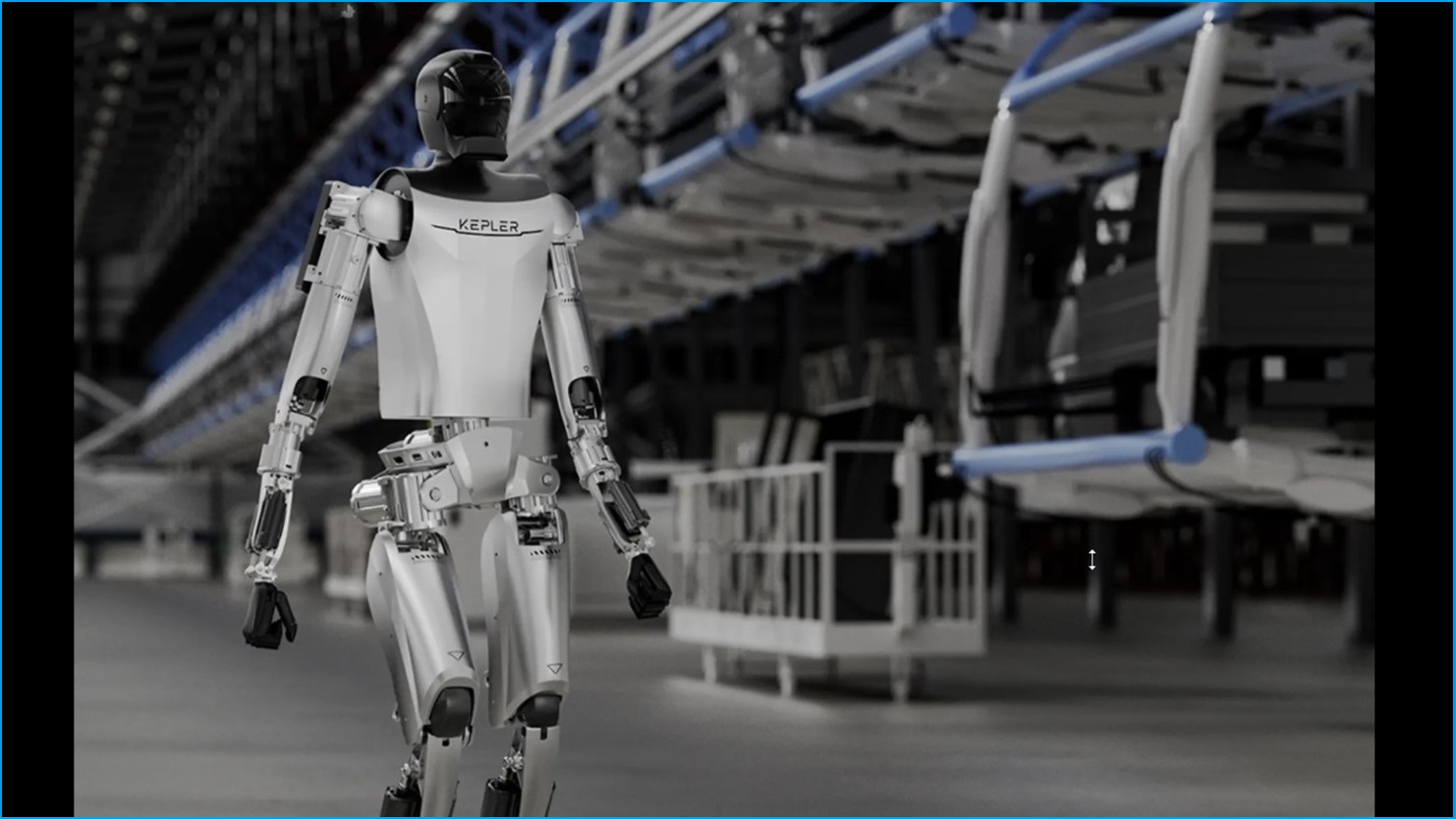As car manufacturers have demonstrated for years, there is no functional reason why robots require a head, face, or personality – but with Generative AI (GenAI) now offering irresistible possibilities for designers, humanoid robots were out in force at the 2024 Consumer Electronics Show (CES).
Chinese firm Kepler Exploration Robot Co, for one, used the occasion of the annual Las Vegas event – which kicked off the year’s gadget agenda by attracting more than 130,000 visitors – to debut its Forerunner general-purpose humanoid robots.
Standing at 178cm high and weighing 85kg, the $45,000 ($US30,000) Kepler humanoid robots are man-sized and include a highly-jointed hand capable of moving with 12 degrees of freedom (DoF) – a measure of the sophistication of the movements it is capable of accomplishing.
Designed with “cognitive brilliance” that the company says makes it a “formidable counterpart” to Tesla’s Optimus robot, Kepler co-founder Debu Hu said the new robots – which were demonstrated engaging in a range of tasks such as waving, moving objects from one box to another, and not stepping on an egg – would allow humans “to dedicate more time to meaningful endeavours, such as space exploration.”
Kepler’s long-term goal is to use its robots to support the colonisation of the similarly-named exoplanet Kepler-186f, but in the short term it joins the ranks of sophisticated humanoid robots that will become available for general purchase this year – allowing them to progress from featuring in demonstration videos to actual widespread use.
It’s not the first time humanoid robots have graced the floors of CES – the eerily human-like Ameca, for one, turned heads at the 2022 show, and Sanctuary AI demonstrated its Phoenix robot last year – but programming the robots is set to become easier as they gain another ability that was demonstrated at CES: the ability to watch a human being and emulate their movements.
Robotics company Figure, for one, demonstrated how its 01 humanoid robot can watch a human make coffee and then use the coffee machine on its own.
It’s a capability that was demonstrated last year by Carnegie Mellon University (CMU) researchers, who developed methods called In-the-Wild Human Imitating Robot Learning (WHIRL) and a Vision-Robotics Bridge that allowed robots to learn a new task in 25 minutes.
Task-learning abilities are likely to make it easier to deploy both full humanoid robots like Kepler and Figure, as well as new human-esque robots such as Aeolus Robotics’ new Aeo, which lacks legs but is already being used in Japan for neighbourhood and school patrols, delivery of medical supplies in hospitals, disinfecting facilities, and more.

Aeolus Robotics’ new Aeo robot. Photo: Aeolus
For all their dexterity, however, the humanisation of robots has gained pace as manufacturers find new ways to leverage genAI technology that allows their creations to engage with humans in much more natural ways.
GenAI technology underscores the training behaviour of LG’s Smart Home AI Agent, for example – allowing the anthropomorphised rolling home companion to not only adapt its behaviour based on data collected from the company’s ThinQ smart-home platform, but to customise its conversations and freeform chats with each member of the household.
Far less cutesy is the WeHead GPT Edition, a new ‘AI companion with a face’ whose disembodied head, with front-facing screens that show various aspects of a human head.
Mooted as a way of helping people with tasks such as helping interview subjects practice their technique – and all but certain to be hacked to allow users to “converse” with celebrities – the new head reflects the new frontier of humanised technology that was evident across the CES show floors.
Setting the year’s tech agenda
Expect the integration of ChatGPT to pervade all kinds of new products this year: even as ChatGPT maker Open AI debuted a GPT Store to help customers access specialised AI models, Doosan Robotics, for one, released a ‘robot ecosystem’ called Dart-Suite designed to help developers of all kinds of robots add AI and other capabilities that make them easier than ever to program.
ChatGPT’s ability to add preternatural intelligence to consumer devices has made its way into other technology, such as the assistive glasses from Lumen that describe a person’s surroundings to help blind users.
With augmented reality glasses like the Xreal Air 2 now on the market, this year is also sure to see GenAI capabilities added to smart goggles such as Apple’s Vision Pro – which the company announced will ship on February 2 – and Meta’s upcoming augmented-reality glasses, which have been described as “the most advanced piece of technology on the planet in its domain”.
Whether or not that turns out to be true, CES 2024’s breadth of technologies also includes such innovations as transparent TVs, a cat door that can detect unwanted dead animal ‘gifts’, LG’s 98-inch TV with an AI processor to improve image quality, concept cars highlighting immersive screens, AI-powered robot vacuum and clothes washers, and a GenAI-powered ‘smart assistant’ called the Rabbit R1.










